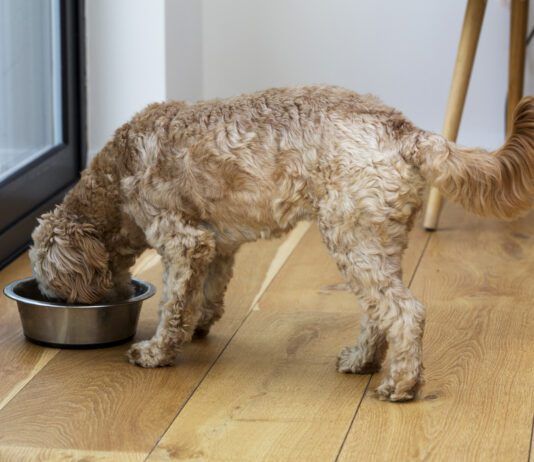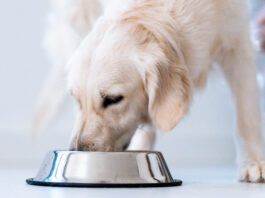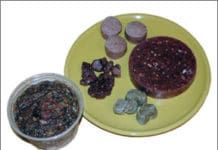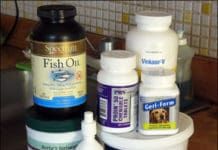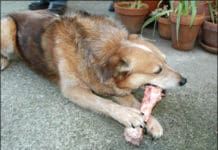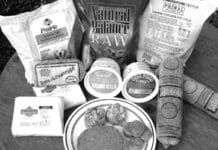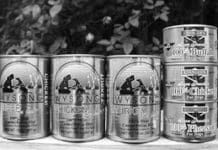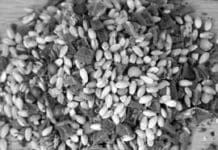Commercial Frozen Raw Dog Foods
We have long maintained that an intelligently formulated diet, made in a dog owner's home out of fresh, wholesome ingredients, is the ideal diet for optimum canine health. The tens of thousands of dog owners who make their dogs' food at home agree. Their dogs enjoy their food; look, smell, and feel terrific; and enjoy vibrant good health. However, some people who would really like to feed their dogs this way don't feel capable of routinely shopping for and preparing their dogs' food. Others worry that their dogs might suffer from a nutritional deficiency or imbalance if they don't formulate the diet just so. These folks are the target market for the products featured in this article: diets made of fresh ingredients (mostly meat) and frozen for convenience.
A Homemade Dog Food Diet
As more and more owners make the decision to switch their dogs to homemade diets, we grew increasingly aware of the importance and urgency to supply appropriate guidelines that could help people create homemade diets that would meet their dogs' nutritional needs. Over the past five months, we've presented information on homemade diets, cooked and raw, with whole bones, ground bones, or boneless. During that time, we've learned about some new products, read a great new book, tried out some sample pre-mixes and freeze-dried foods, and responded to questions from people about issues raised in our past five articles and points that would benefit from clarification. We'll discuss these topics in this final installment of our series.
Raw Dog Food Diet Recipes
Feeding a raw dog food diet to your dog is quite simple, especially once you have a system in place. Though like anything else new, it can seem very complicated when first starting out. These sample dog food diets should be helpful to dog caretakers who are considering feeding a raw diet. Even those who have been doing it for a while may learn some new tricks to make the process of finding, preparing, and storing home prepared dog food simpler.
Home Prepared Dog Food Recipes
Over the past three months, weve provided rules and guidelines for feeding a homemade dog food diet, but getting started can still seem overwhelming. This month, well hear from owners who feed their dogs a homemade diet, and learn from them how they go about it, including tips and tricks for finding, preparing, and storing the dog food.
Home-Prepared Pet Food Diets
Those of us who feed our dogs a raw diet that includes bones believe that this is the healthiest, most natural diet dogs can eat. But not everyone is comfortable feeding such a diet to their dogs. Here are directions for feeding your dog a cooked diet, or a diet that includes raw meat but no bones. Your dog will still benefit from a variety of fresh foods in proper proportions, regardless of how theyfre prepared. It takes a little more work to ensure that a cooked diet that does not include bone meets all of your dogfs nutritional needs. Wefll explain how much calcium, and in which form, youfll need to add to his diet.
Home-Prepared Dog Food
including ground meat
Feeding a Raw Dog Food Diet Takes Experience
Many of us would like to feed our dogs a biologically appropriate raw diet, but lack the time and experience to ensure that the menu is complete and balanced. Frozen commercial diets are the answer. Despite what many makers of conventional canned or dry pet foods would have you believe, raw diets for dogs are not a modern fad, but a return to the dog’s not-so-distant past.
Shopping for Nutritional Supplements For Your Dog
Every two weeks I faithfully fill the pill organizers for my Boxer, Tyler. He receives a number of supplements, some for general nutrition and well-being, and some specific to his particular health challenges, including Addison’s disease. I’m not the only one performing this ritual. According to the American Pet Products Manufacturers Association, about nine percent of all dogs receive vitamins regularly; perhaps an even greater percentage of WDJ readers give supplements to their canine companions.
Letters 10/04: Additional Resources
Thanks so much for “Fine Tuning” in your September issue. As usual, you covered topics I’m coping with every day. My one-year-old Golden, Midas, might as well be “Hannah” in disguise: he gets aroused by exactly the same things. Now I don’t feel so bad, knowing even Editor Nancy Kerns needed Pat Miller’s tips! …
Meat-Based Home-Prepared Dog Food Diets
We’ve always said that a home-prepared diet, comprised of fresh, wholesome foods, is ideal for all dogs. We recognize that many people can’t or won’t shop for and prepare their dogs’ food; they may not shop for and prepare their own! This is why we review the best-quality commercial dry and canned foods every year. However, a growing number of brave folks want to realize the benefits of homemade food for their dogs.
Semi-Homemade Dog Food
We frequently write about kibble and canned dog food, but have neglected some of the less common (but no less worthy) types of commercial foods. Here’s a look at commercial products that make it easy to feed a home-prepared diet. In our reviews of dry and canned foods, we make specific recommendations for selecting products for your dog. We’re not going to do this here; instead, we simply want to inform you about these alternatives to conventional kibble and canned food, and describe the differences between them.


